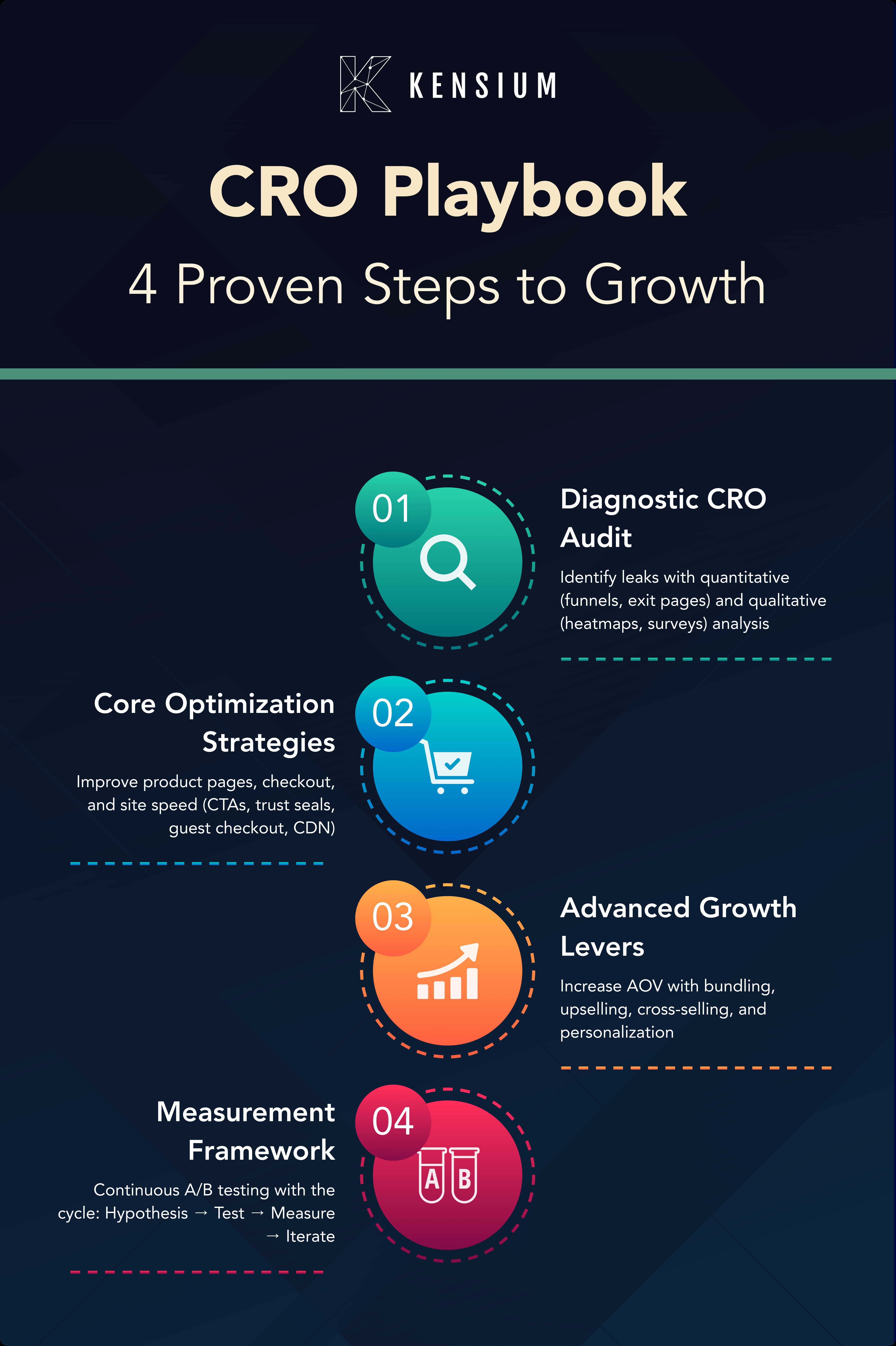
You may already know that 15% of retail purchases are made online. That’s 5 trillion dollars of business every year. Consumers feel increasingly comfortable buying online, even more so since the pandemic. Your online store probably felt this growth to some extent, and now is the time to take advantage of newer technologies, and more immersive product experiences and let your customer take the lead and show you how they want to shop.
This is where the Metaverse makes the connection to retail and commerce. Of course, the Metaverse is a new concept, and there are skeptics out there who are unwilling to venture into the virtual world, but as this new reality grows, you need to be at least considering it.
What Is The Metaverse?
The Metaverse is “the internet brought to life and rendered in 3D.” It is a parallel virtual reality where people can do everything they currently do in real life – play, work, shop, and socialize. A few Metaverses are currently being used and owned by gaming companies, crypto companies, and even Apple and Snapchat. This online “real estate” provides a fully immersive experience enhanced by technology.
Millions of people are already logging into existing Metaverses daily, and it’s not just for playing around and connecting with people. It’s a whole new market to sell physical and virtual products. According to Snap and Deloitte, nearly 75% of the global population will be frequent VR and AR users.
One note of caution: The Metaverse can be volatile, and it is currently speculative and has risks for early adopters. But don’t let that stop you – digital timelines are accelerating, so technology, entertainment, education, and commerce are already taking advantage of AR and VR.

What Does This Mean For Your Business?
You may already use 360-degree views of your products or consider adding them to your website. These detailed views are already dipping your toe in the Metaverse waters. You’re attempting to create an immersive experience where customers can see details of how something will feel, look, and operate before making a purchase.
Regarding online shopping, 71% of shoppers said that using VR/AR during their online research would make them shop more often, and 40% would consider paying more for the opportunity to use AR/VR to make purchases. Imagine shoppers discovering your brand in a virtual environment where they can experience and see every product in 3D, speak with a salesperson, and purchase physical and digital products with just a swipe of a hand. Sounds impressive, right? Let’s look at how B2B and B2C brands can start to create their own virtual store experience.
Five Steps To Formulate A Metaverse Strategy:
Step 1: Assess Your Goals In The Metaverse.
Goals in the Metaverse are like your existing ecommerce business goals. Typical ecommerce goals are visitors, sales goals, conversions, and brand recognition. The same is true in the Metaverse. Turning your products into virtual versions for businesses that sell physical products offers opportunities to create new revenue streams. When you strategize to provide the right mix of digital and tangible goods, there is an interplay that provides consumers with the experience they want and allows you to increase brand recognition and profits. Four ways you can start selling in the Metaverse are:
- Sell products bundled with an NFT
- Sell products tied to a QR code for virtual or real-world event tickets
- Bundle a product with an online donation and an exclusive virtual event
- Combine a product with a virtual consultant
Even if you’re not selling physical goods, services can also be experienced through the Metaverse. For example, sales presentations in an immersive environment can be more effective than watching a video or webinar. You can also add discounts or add-ons to incentivize customers. The opportunities are endless within the Metaverse for both physical goods and non-tangible services.
Step 2: Identify Your Audience
Identifying your audience for a Metaverse store is like identifying your target audience for your current online business. You already know your products and services inside and out, but how will you market to an entirely new set of customers? There are a few questions to ask in preparation for making the jump.
- What subset of your current customers or clients is using the metaverse?
- What is the projected adoption rate for your customers to enter the metaverse and begin shopping?
- Are there any new customer segments that you can reach in the metaverse?
As more and more people flock to the metaverse, data, and analytics increase so that you can intelligently answer these questions and begin to seek new ways to leverage them to your advantage.
Step 3: Determine The Assets You Can Leverage
The obvious assets are your products, services, and expertise, but don’t stop there. Brands are finding new ways to include social media influencers and other business partners in their marketing. One of the most popular ways to leverage the metaverse for your online sales is to create unique co-branded events that can only be experienced in VR/AR. Think of a sales presentation followed by a cocktail networking hour for prospective and current clients. You can create entire online events that provide breakout rooms, social gatherings, and more, all from the comfort of your customer’s couch.
Step 4: Familiarize Yourself With Cryptocurrency
Nearly everyone has heard of Bitcoin, Dogecoin, and other cryptocurrencies. You may already be considering taking it as payment for your existing product catalog or service offerings. But in the Metaverse, crypto is how you’ll support your sales, purchases, and virtual presence. Yes, you can still take traditional payments via credit card, PayPal, and other online payment methods, but crypto is the coin of choice for virtual transactions. It’s easy and convenient to trade virtual coins that turn into real profits for your business.

Step 5: Determine What Metaverse Your Customers Frequent
Take the time to research the different metaverses, see who is visiting, and do some demographic research. A few popular metaverse destinations are Decentraland, Sandbox, and Meta. Once you know where your customers visit, you can buy or lease land for your digital business. Don’t be intimidated by the thought of creating a virtual storefront. There are digital architects to help design your meta presence.
"Metaforming is the process of transitioning and adapting your brand to the metaverse."

Ready To Start?
Once you’ve decided to enter the metaverse and take these five steps to get ready, you’ll be in a great position to take the leap. If you’re still on the fence or unsure where to start, hire a virtual consultant to research your competition and customer demographics, and provide insight into where you fit. Then, when you’re ready, Kensium is here to take you to the next level. We offer consulting and services to help you meta-form your brand and take advantage of the endless opportunities the metaverse provides for your business. Contact us today and learn how we can transform your online business into an immersive online experience.








.png)


































